Koo Bohnchang
Seoul-based photographer Koo Bohnchang dedicates much of his practice to capturing the passage of time. His celebrated series Vessels, taken over the course of 13 years, studies the frailty and beauty of Joseon-era baekja (porcelain) which Koo visited in major museums around the world. His images have since been incorporated into some of these museums’ collections and put on display alongside the original ceramics, such as in the V&A and the British Museum in London, and the Asian Art Museum in San Francisco. Koo’s other still life series have focused on gold objects from Mesoamerica, war remnants from the DMZ in Korea, traditional theatrical masks, and hand soap collected on his travels at various stages of use, captured in soft, sensitive focus to reveal a jewel-like quality.
Koo’s still lifes are often presented in an exaggerated format, enveloping the viewer. Many images in Vessels were produced in a pink light, enhancing the smooth texture, and revealing the hairline cracks and gentle wobbliness of the ancient ceramics. “I like to convey the very quiet surfaces of the ceramics,” says Koo. “Beyond their minimal exteriors, it is as if there is something I can hear, inside. It is like the paintings of Hammershøi – there is a silence, an emptiness. I hope people can listen to what I have captured, and perhaps sense some very subtle vibration.”
Koo has been exhibiting his work since 1983, and has held solo shows across Korea, China, Japan, Australia, the US, Spain, Italy, France, Switzerland, Austria and Germany. His work can be viewed in the collections of major museums around the world. He held the position of professor of photography at Kyungil University in Daegu, Korea, and has been a visiting professor at Hamburg Summer School, and Central Saint Martins College of Art and Design in London.
In his early career, Koo was principally concerned with street photography, a collection of which, titled Clandestine Pursuit in the Long Afternoon, was exhibited at Zen Foto in Tokyo in 2019, featuring work he created around Seoul in 1985, just before the dramatic change to the cityscape occurred in the lead up to the 1988 Olympic Games. “Street photography is the original reason I became a photographer,” he says. “I have many interests, but my different intentions and passions all melt into one. Without my prior experiences, I don’t think I would have been able to convey the very quiet, 200-year-old surfaces of the ceramics in Vessels. I love to capture these snapshots of time – these indirect histories that your imagination can grapple with.”
I love to capture these snapshots of time – these indirect histories that your imagination can grapple with.

Featured works
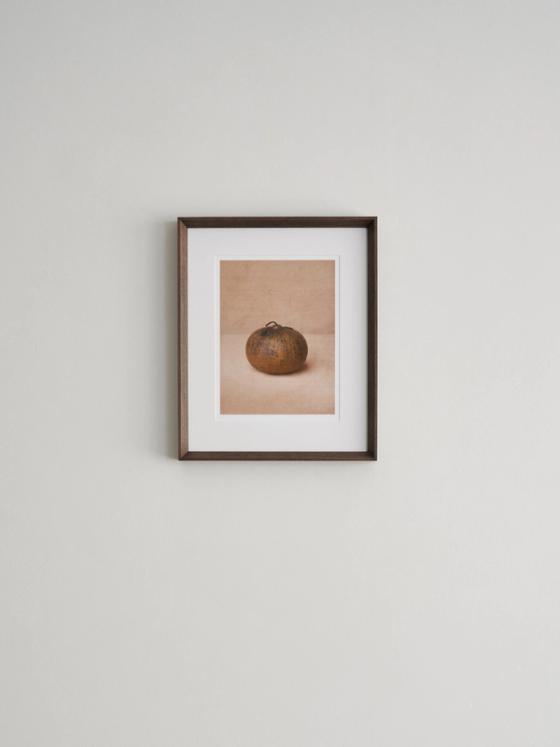 LA Gallery
LA GalleryKoo BohnchangOY 04-1 , 2018
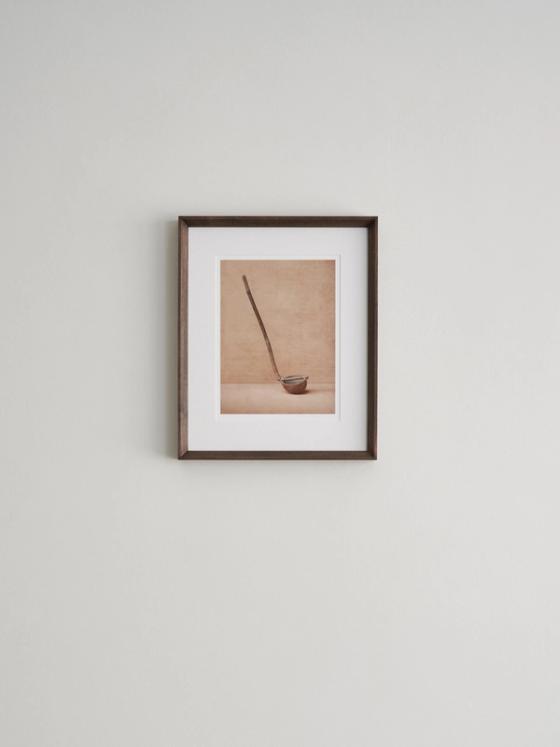 LA Gallery
LA GalleryKoo BohnchangOY 12-2 , 2018
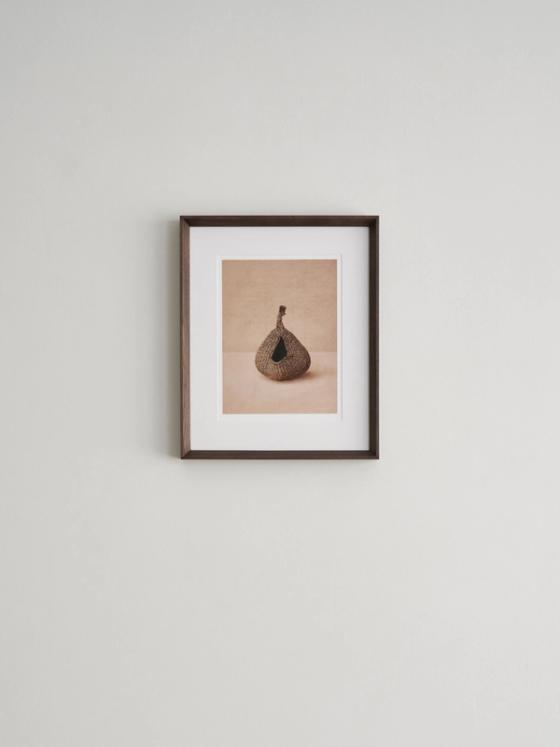 LA Gallery
LA GalleryKoo BohnchangOY 17 , 2018
 LA Gallery
LA GalleryKoo BohnchangOY 18-1 , 2018
 LA Gallery
LA GalleryKoo BohnchangOY 24-1 , 2018
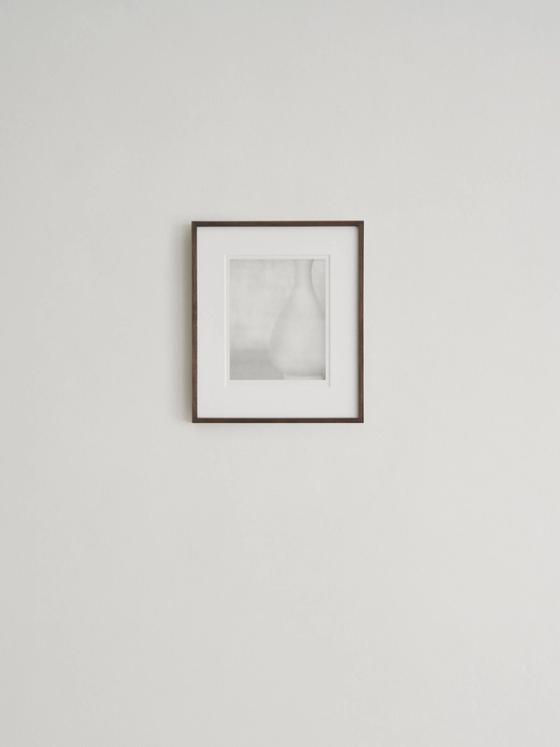 LA Gallery
LA GalleryKoo BohnchangHR 10-1 BW PL , 2006
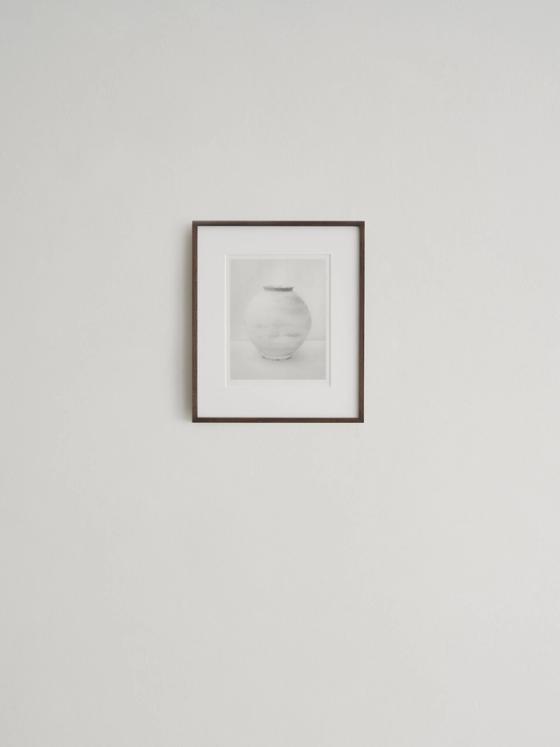 LA Gallery
LA GalleryKoo BohnchangMG 08 BW , 2005
 LA Gallery
LA GalleryKoo BohnchangHA 11 BW , 2005